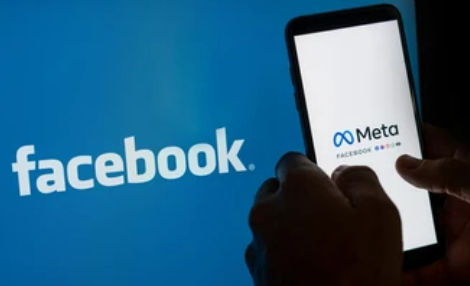
Haiden Holmes
Dec 06, 2022 11:40

Investors at two U.S. railroads have presented shareholder resolutions demanding paid sick leave for employees, an issue that nearly resulted in a nationwide train strike. These resolutions may be placed to a vote during spring shareholder meetings.
President Joe Biden signed legislation on Friday to prevent a train shutdown that might have wreaked havoc on the American economy. However, the agreement he authorized did not include paid sick days for employees, a major sticking point for unions during contract discussions with the five main railroads in the United States.
Activist investor proposals obtained by Reuters require Norfolk Southern Corp (NYSE:NSC) and Union Pacific Corp (NYSE:UNP) to offer a "reasonable amount" of paid sick leave, as decided by the companies' boards of directors. If adopted, each resolution would be placed on the vote at the spring shareholder meetings of railroad companies.
Kate Monahan, a director at Trillium Asset Management and the socially responsible investor who submitted the resolution at Union Pacific, argued that flexible sick leave would have additional benefits, such as a decrease in staff turnover.
"There is a clear business case that makes sense to us as investors," she remarked.
A Union Pacific official refrained from commenting on the resolution, but cited a trade group's argument that employees in the industry already receive significant time and leave for chronic conditions.
A Norfolk Southern spokesperson declined to comment.
During the COVID-19 epidemic, worker welfare motions at business annual meetings have attracted increased support in recent years. Voting on the resolutions had no legal ramifications.
The railroad sector is afraid that the implementation of paid sick leave would entail more personnel at a time when many businesses have dramatically decreased their workforces. In an investor letter dated November 30, Susquehanna analyst Bascome Majors stated that if sick leave had been included in recent federal legislation, it would have lowered U.S. rail profitability by 1.5% to 2%.

Dec 05, 2022 12:00

Dec 06, 2022 11:41